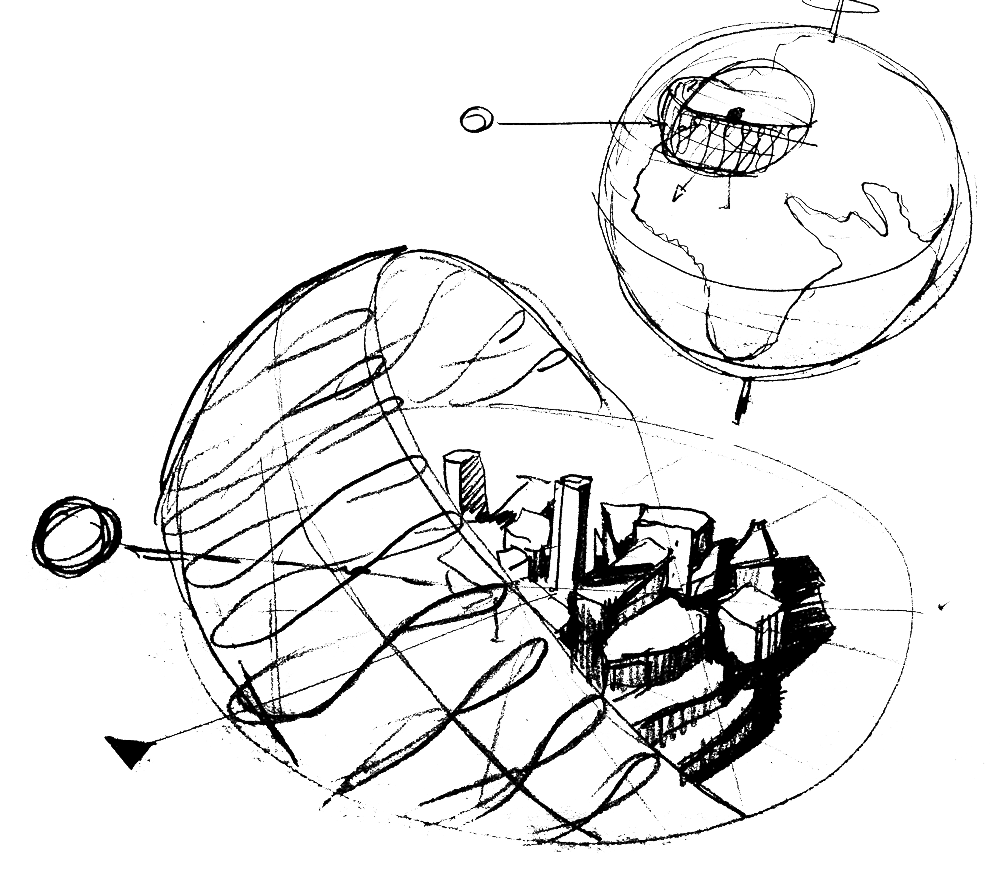
The term "microclimatologist" is not mentioned in the dictionary, although microclimatology is considered a distinct scientific discipline within the broad field of climatology.
A microclimatologist is a person who specializes in the study and understanding of microclimates and provides analyses of the regular phenomena that characterize them.
The absence of the profession of microclimatologist is mainly explained by the fact that relatively few people have identified themselves as microclimatologists.
To my knowledge, only a handful of researchers, such as Rudolf Geiger, Helmut Landsberg, or, more recently, Tim R. Oke, have claimed the status of microclimatologist.
They have devoted much of their research to describing and explaining very small-scale climate phenomena in order to understand what Geiger calls "near-ground climates."
Today, much of the work of these researchers is reinvested in the study of the urban heat island phenomenon.
A microclimatologist works with models and regular microclimatic phenomena that they anticipate more or less precisely in order to study, simulate, or exploit them.
For example, one of their missions might be to document the existence of a sea breeze in order to study its potential use to cool a public space, for example.
If I had to summarize my work in one word, I would describe myself as a microclimatologist, because I spend most of my time studying, modeling, and designing microclimates.
Unfortunately, microclimatology remains a largely underestimated discipline, whose practical impact on the concrete transformation of our environments is not yet fully appreciated.
It suffers from much confusion regarding the scope of microclimatic phenomena and often remains a poor relation to climatology or meteorology, despite its inherently multidisciplinary nature.
But things can change!
Sources: R. Geiger, H. Landsberg.
Image: C. Gaillard. Detail: